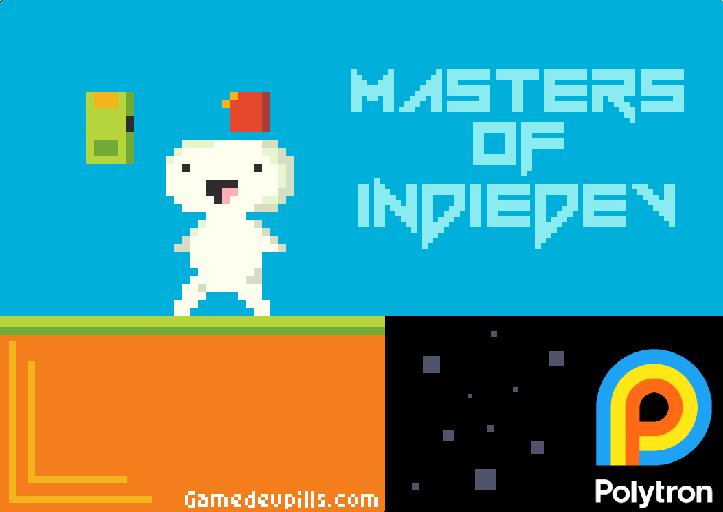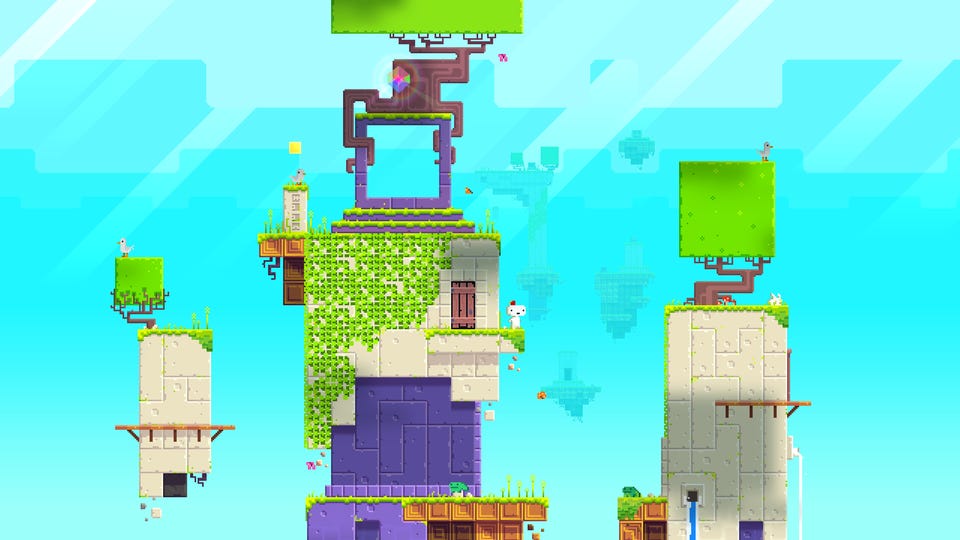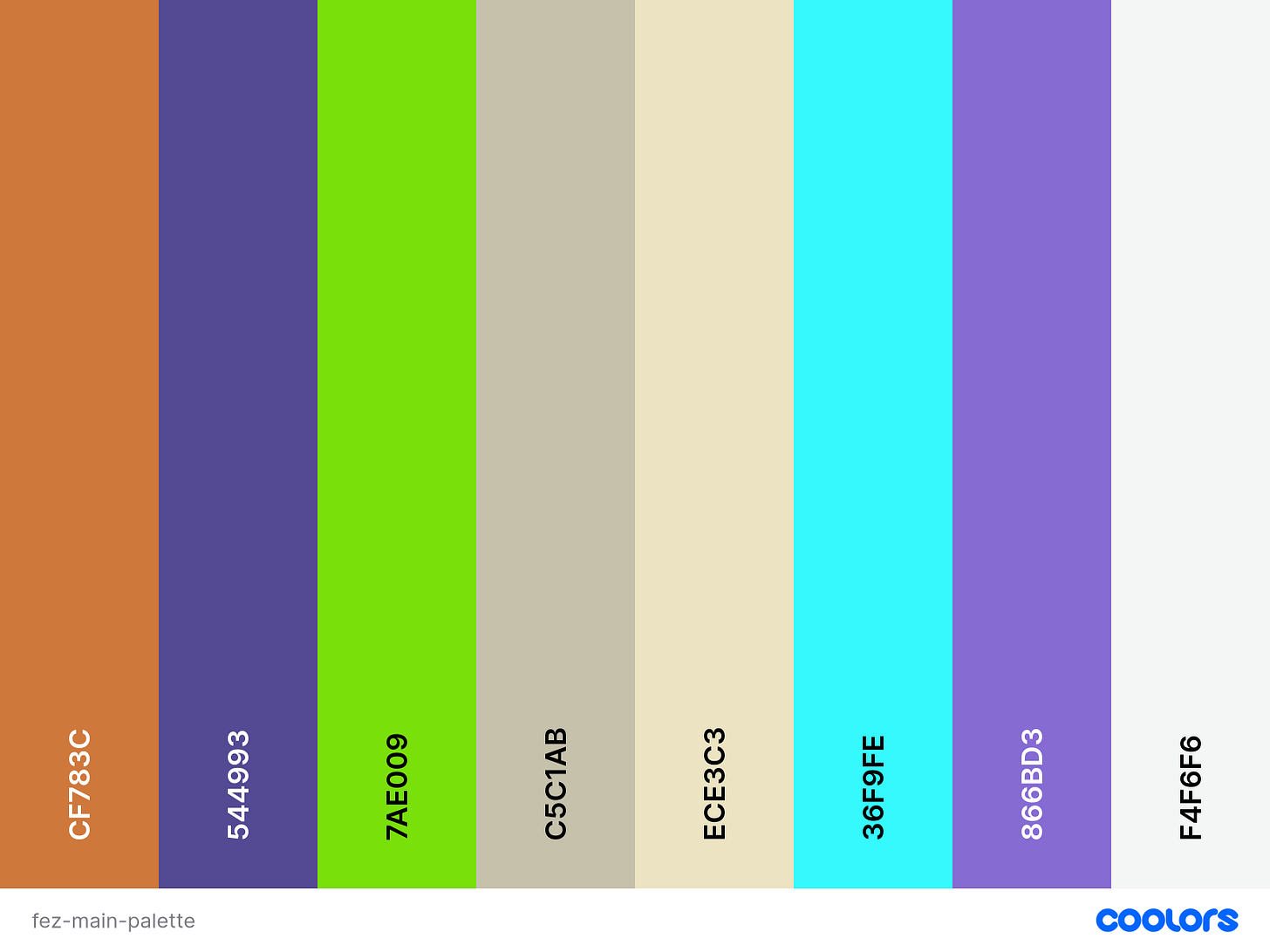A Masterpiece Lost in Its Own Dimension, The Making Of Fez - Masters of Indiedev
The beauty of Fez and the fury of its creator
On today’s masters of indiedev, I would like to share one title I love, one that I’ve been thinking about during the last few years, we are going to cover:
Pixel Art and PICO-8! ❤️
Fez Hands-On 🎮
Development process 📝
The Author
Behind Fez my favourite platform indie game.
But if you think about the name of the videogame, you realize Fez is not anymore at the top of indie games on youtube, videogames newsletter, social media… is gone. It was released on 2012 but other games from this period can be seen again and again.
Probably none of your friends has mentioned this game in years, right?
There’s a strong reason for that silence — we can’t ignore the person behind it: Phil Fish.
But let’s focus on the game now 😊
Emotions are so difficult to describe and that’s why it is difficult to describe in which way you could be passionate about an interactive experience. Emotions are our main driver.
Fez was released during the period of the indie boom, at that moment it was kind of “easy” to come with a fresh idea and have success, the market was not saturated as it is now — around 60 games are released Daily on Steam platform.
But Fez didn’t came from the lucky timing that other titles benefited, the production level of this game was ahead of the average indie titles released back then (Late 2000’s)
Pixel Art and Pico-8
The usage of colors and shades stand out for their brightness and saturation, the author wanted to create a positive vibe around the character and his actions, calling for exploration showing incrementally those purple blocks
Those structures contains a meta lenguage within the game, characters that at the beginning of our session we don’t understand…
In terms of art design, the game is mostly built with those elements because I don’t want to share any spoiler.
As you can see above, I extracted the main colors of most of the scenes on Fez and they are really saturated colors with high predominance of cold colors
Cool colors can make a space feel more serene and calming or be associated with sadness and depression*
Reimagining Fez Art (PICO-8 Palette)
Looking into the details of the building blocks of the platform, you quickly realice there are tetris pieces. Smart decision because looking at those blocks is so pleasing to our eyes, you feel really comfortable with the landscape.
Within my style and simplifying the concept I wanted to re-create the idea so we apply Pixel Art concepts at the same time we go through this title.
Keep reading with a 7-day free trial
Subscribe to Gamedev Pills – Learn Game Design Around Your Day Job to keep reading this post and get 7 days of free access to the full post archives.






